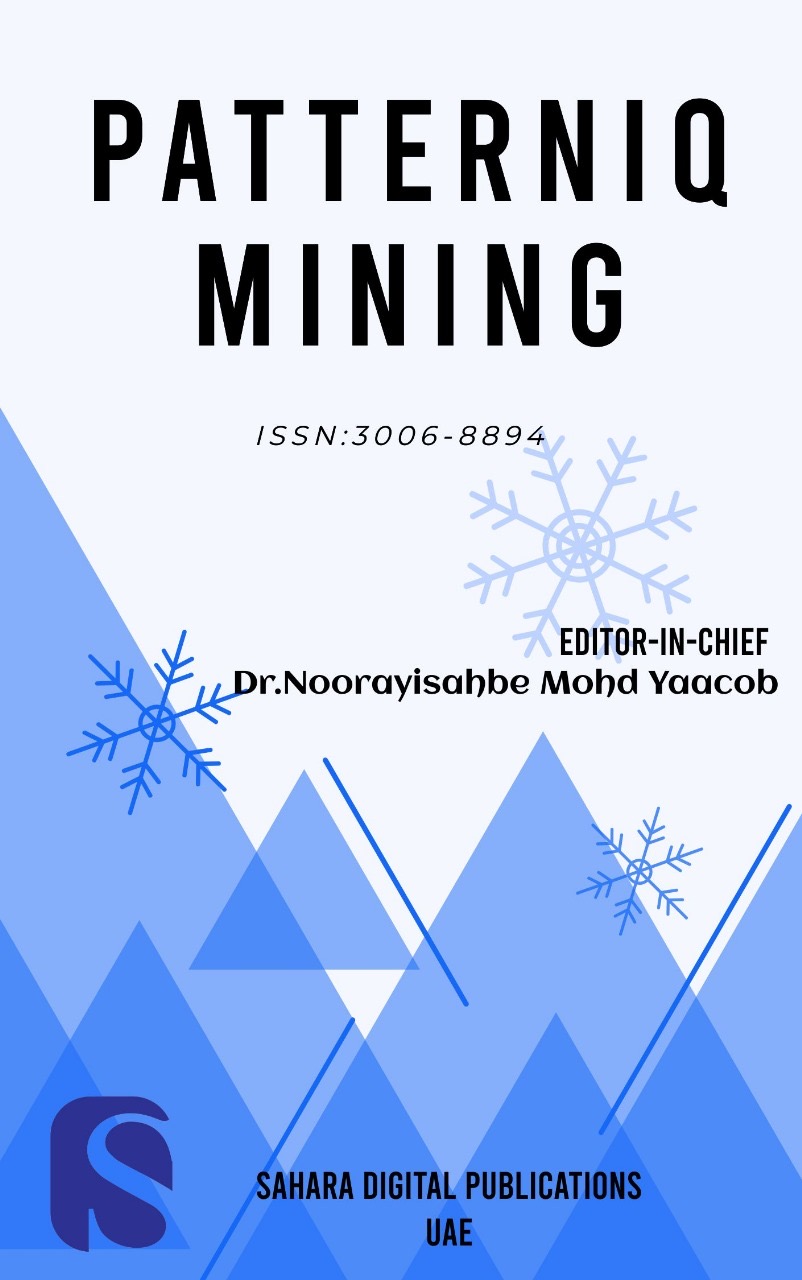Title: Hyperheuristic Pattern Recognition for Text Classification Using Snake Optimization Guided Feature Selection

PatternIQ Mining
© by piqm - Sahara Digital Publications
ISSN: 3006-8894
Volume 02, Issue 03
Year of Publication : 2025
Page: [1 - 12]
Authors :
Aisha Al-Ketbi and Samira Al-Mazrouei
Address :
Department of Computer Engineering, American University of Sharjah (AUS), Sharjah, UAE.
College of Computer Science and Information Technology, Higher Colleges of Technology (HCT), Dubai, UAE.
Abstract :
Text classification plays a crucial role in natural language processing by automatically organizing and interpreting unstructured textual data. The proposed framework introduces a novel approach titled Hyperheuristic Pattern Recognition for Text Classification Using Snake Optimization Guided Feature Selection, which aims to enhance feature selection and classification accuracy. Existing methods often suffer from limitations such as poor generalization, static search strategies, and inefficiency in handling high-dimensional and noisy textual features. These issues result in suboptimal feature sets and reduced classification performance, especially in complex or multilingual datasets. To overcome these challenges, we propose the Hyperheuristic-Driven Dynamic Snake Optimization with Adaptive Text Feature Encoding (HDSO-ATFE) framework. This approach integrates a hyperheuristic controller that dynamically selects low-level heuristics to guide the Snake Optimization process. Additionally, an adaptive encoding mechanism adjusts between BERT embeddings, Term Frequency–Inverse Document Frequency (TF-IDF), and character n-grams based on text context and sparsity, ensuring robust and context-aware feature representation. The proposed method is applied to diverse text classification tasks, including sentiment analysis, legal document categorization, and topic labeling across multilingual corpora. Experimental results show that HDSO-ATFE significantly improves classification accuracy by 96%, reduces feature dimensionality by 30%, and enhances model generalization by 98% compared to existing optimization-based feature selection techniques.
Keywords :
Human Gesture Recognition, Spatio-Temporal Graph Attention Network, Jellyfish Optimization, Real-Time Processing, Multiscale Feature Learning, Skeleton-Based Recognition.
DOI :
